HPE bid for Juniper Networks sets it up for battle with Cisco, Dell, and Broadcom in networking space
The mega deal will position HPE as a new strong contender in the networking market, but it faces stiff competition from established industry heavyweights


HPE's $14 billion bid for Juniper Networks is likely to create a new strong contender in the networking space which is rapidly adding AI-powered features to make networks and data centers more efficient and easy to manage.
HPE said the deal will double the scale of its networking business, a high-margin segment for the company, and forms part of its effort to shift into higher-growth areas of tech.
Networking currently accounts for about 18% of HPE’s total revenue - the addition of Juniper will see that jump to around 31% and it will contribute more than 56% of HPE’s total operating income.
Brandon Butler, a research manager with IDC’s network infrastructure group said that AI is a clear underlying driver of this deal.
“The combination of HPE and Juniper will create a strong networking company that is well-positioned to compete in the expanding era of AI everywhere. There are two main aspects of the AI opportunity in networking this acquisition supports,” he said.
“The first is around building data center network infrastructure to support data intensive AI workloads. Juniper's strength in datacenter and cloud networking will build on HPE's broader edge-to-cloud portfolio," Butler added. "The second aspect of AI in networking is around AI Operations being used to enhance the management of the network.”
HPE has been very clear on this aspect of the deal, viewing it as an opportunity to capitalize on the “explosion of AI and hybrid cloud-driven business” and accelerating demand for technologies that connect, protect, and analyze data from edge to cloud.
Sign up today and you will receive a free copy of our Future Focus 2025 report - the leading guidance on AI, cybersecurity and other IT challenges as per 700+ senior executives
The tech giant sees networking as a critical connective component here, so adding Juniper’s portfolio of technologies will ‘supercharge’ HPE’s strategy, it said.
“The combination with HPE Aruba Networking and purposely designed HPE AI interconnect fabric will bring together enterprise reach, and cloud native and AI-native management and control, to create a premier industry player that will accelerate innovation to deliver further modernized networking optimized for hybrid cloud and AI,” HPE said.
Networking will become the new core business and architecture foundation for HPE’s hybrid cloud and AI offerings delivered via its GreenLake hybrid cloud platform.
HPE said another benefit of the deal is that it will give it the chance to sell into Juniper’s installed base of enterprise customers, communication service providers, and cloud customers. The deal will also launch HPE into new segments, including data center networking, firewalls, and routers.
HPE faces stiff competition in networking space
Akshara Bassi, senior analyst at Counterpoint Research, told ITPro the proposed acquisition will provide HPE with a more aligned services offering, but long-term could pit the tech giant in a battle with industry heavyweights such as Cisco, or Broadcom.
“This will definitely make HPE a strong contender in the networking market where Cisco, Dell, Broadcom have strong presence. With AMD, Nvidia also strengthening their presence it will give HPE an advantage as it provides a more synced offering,” she said.
Juniper CEO Rami Rahim will lead the combined HPE networking business when the deal is completed, and said the combination will boost its offerings in AI-native networking.
“Together, we will accelerate innovation at every layer: compute, storage and networking; silicon, systems and software; campus and branch, data center and the wide area network,” he said.

Rami Rahim, chief executive officer from Juniper, speaks during the opening stage of digital X special event.
Rahim said by bringing together HPE GreenLake with the Juniper’s Mist AI, the combined company will be able to offer network as a service in “a very comprehensive way”.
Mist AI uses artificial intelligence, machine learning, and data science techniques to optimize networks and simplify operations across the wireless access, wired access, and SD-WAN domains by ingesting data from access points, switches, routers and firewalls.
Data center is another area of focus he said, especially as customers start building out AI data centers.
“So, make no mistake – this is not just a bet for the enterprise segment. This combination is expected to dramatically increase the global footprint and reach across ALL customer verticals, including cloud, service provider and enterprise,” Rahim said.
RELATED RESOURCE
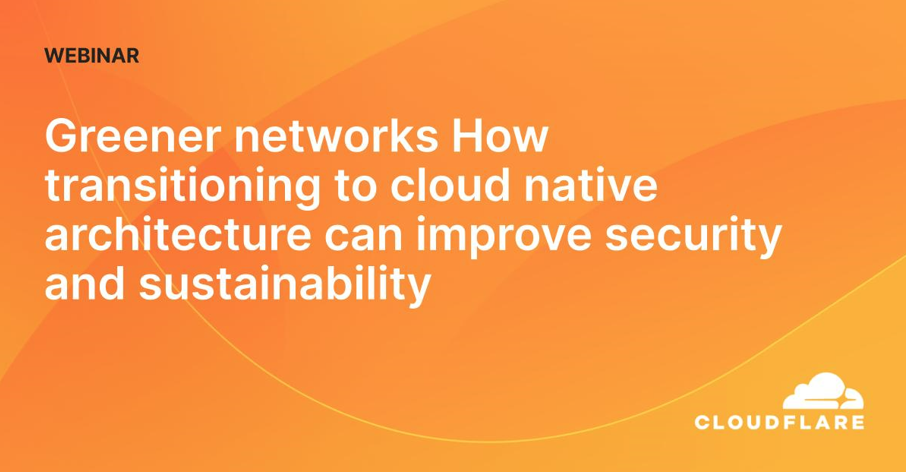
Get insight into how you can reduce your carbon impact
WATCH NOW
Bassi said Juniper Networks offers synergies for HPE’s networking business because HPE has the Aruba line of products for switching and networking.
“This also expands and strengthens HPE's product proposition across [the] data center segment. As AI demand is expanding, so is the demand for networking in data centers,” he commented.
The transaction is currently expected to close in late calendar year 2024 or early calendar year 2025. HPE said the deal is expected to result in operating efficiencies and annual cost “synergies” of $450 million within three years of closing.
Beyond finding those cost savings there are other potential challenges in the form of integrating HPE and Juniper's suite of products which primarily serve the same segment - like networking for data center and telcos.
“The opportunities lie in the resonance of product and feature excellence as HPE gets access to networking markets where Juniper is the lead. It also deepens its presence across the data center value chain while expanding its portfolio of solutions focused on data centers and enterprise networking,” Bassi said.
Steve Ranger is an award-winning reporter and editor who writes about technology and business. Previously he was the editorial director at ZDNET and the editor of silicon.com.
-
 Trump's AI executive order could leave US in a 'regulatory vacuum'
Trump's AI executive order could leave US in a 'regulatory vacuum'News Citing a "patchwork of 50 different regulatory regimes" and "ideological bias", President Trump wants rules to be set at a federal level
-
 TPUs: Google's home advantage
TPUs: Google's home advantageITPro Podcast How does TPU v7 stack up against Nvidia's latest chips – and can Google scale AI using only its own supply?
-
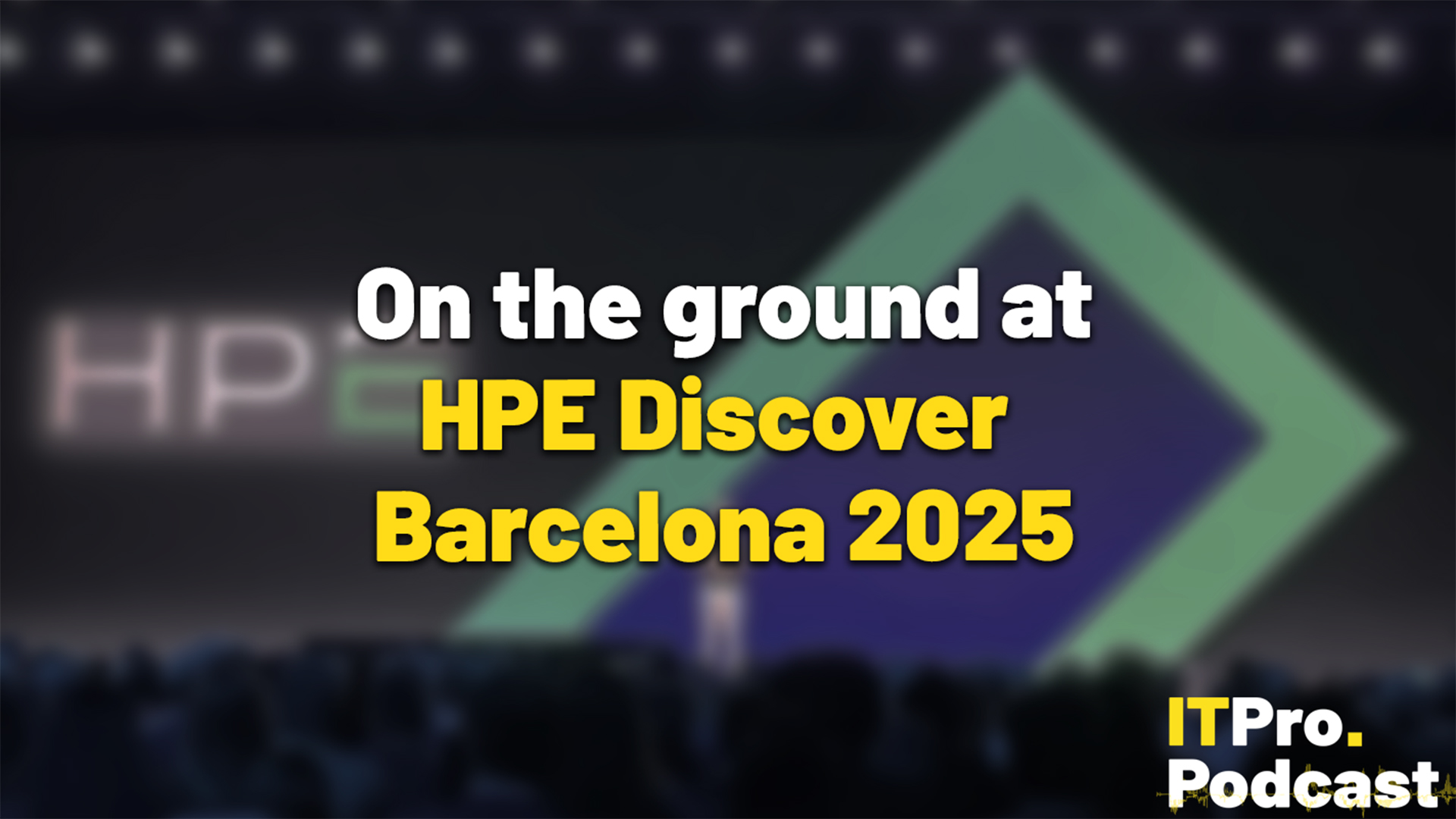 On the ground at HPE Discover Barcelona 2025
On the ground at HPE Discover Barcelona 2025ITPro Podcast This is a pivotal time for HPE, as it heralds its Juniper Networks acquisition and strengthens ties with Nvidia and AMD
-
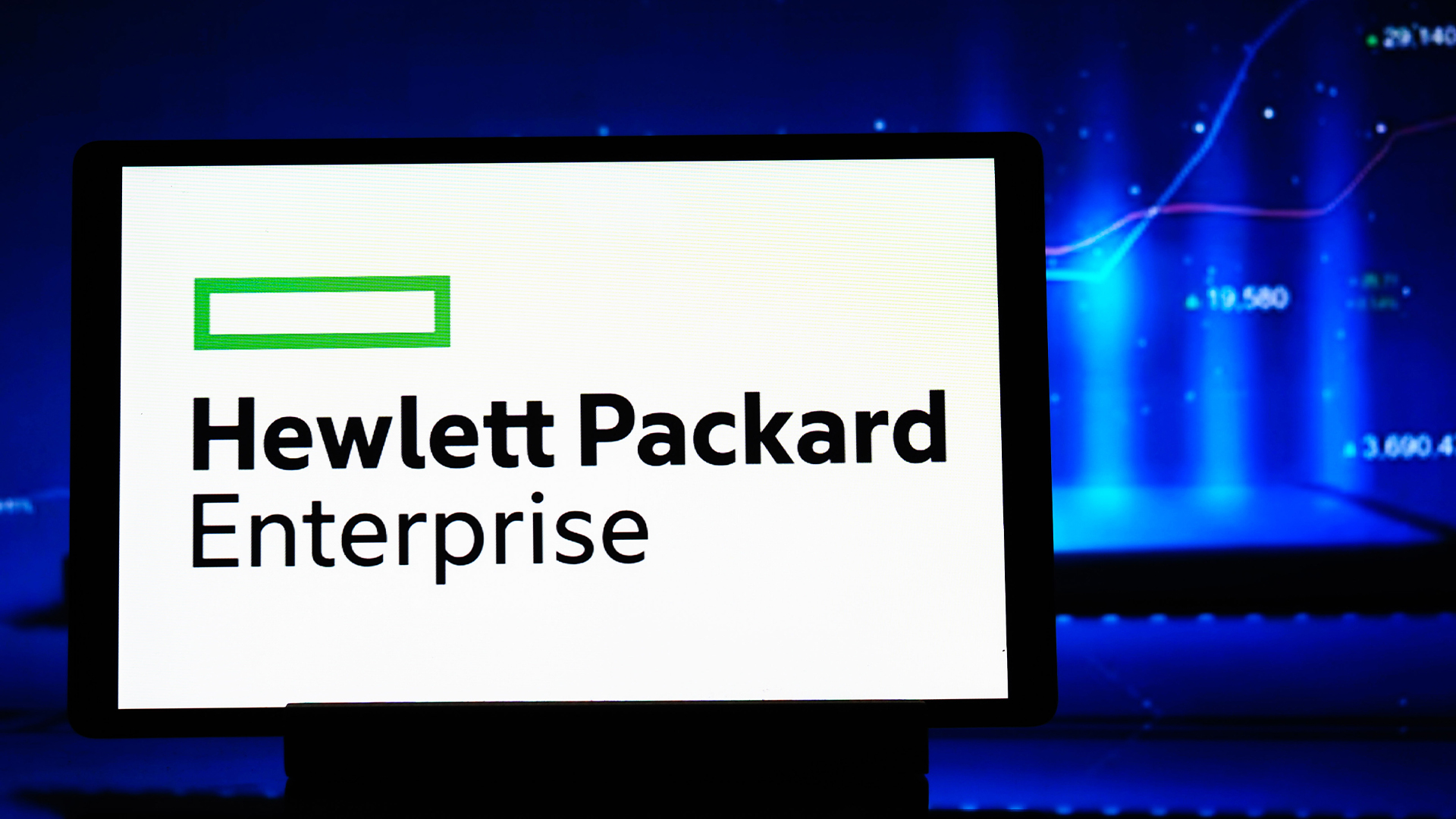 HPE promises “cross pollinated" future for Aruba and Juniper
HPE promises “cross pollinated" future for Aruba and JuniperNews Juniper Networks’ Marvis and LEM capabilities will move to Aruba Central, while client profiling and organizational insights will transfer to Mist
-
 HPE ProLiant Compute DL325 Gen12 review: A deceptively small and powerful 1P rack server with a huge core count
HPE ProLiant Compute DL325 Gen12 review: A deceptively small and powerful 1P rack server with a huge core countReviews The DL325 Gen12 delivers a CPU core density and memory capacity normally reserved for expensive, power-hungry dual-socket rack servers
-
 HPE's new Cray system is a pocket powerhouse
HPE's new Cray system is a pocket powerhouseNews Hewlett Packard Enterprise (HPE) has unveiled new HPC storage, liquid cooling, and supercomputing offerings ahead of SC25
-
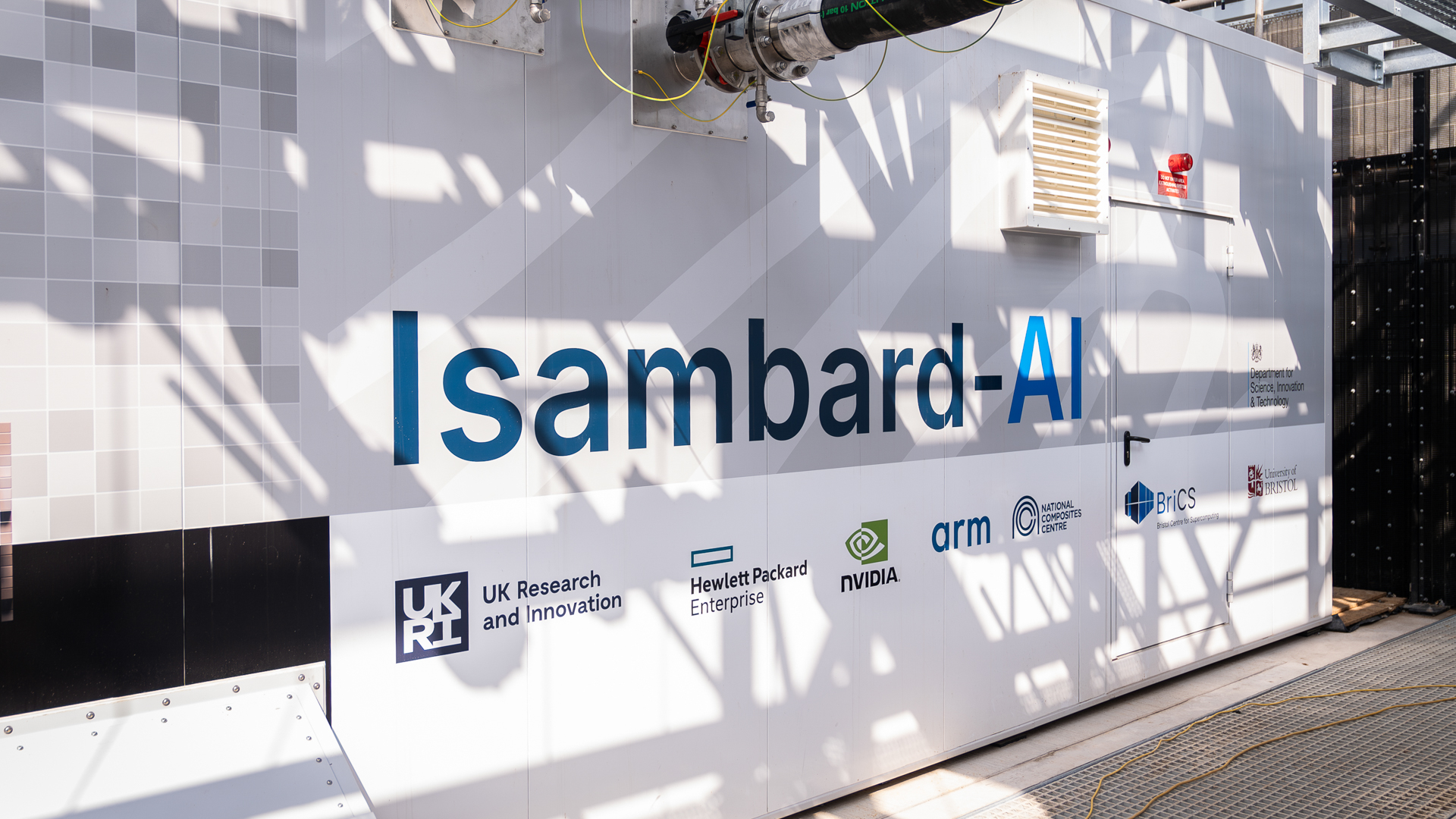 Inside Isambard-AI: The UK’s most powerful supercomputer
Inside Isambard-AI: The UK’s most powerful supercomputerLong read Now officially inaugurated, Isambard-AI is intended to revolutionize UK innovation across all areas of scientific research
-
 HPE forced to offload Instant On networking division and license Juniper’s AI Ops source code in DOJ settlement
HPE forced to offload Instant On networking division and license Juniper’s AI Ops source code in DOJ settlementNews HPE will be required to make concessions to push the deal through, including divesting its ‘Instant On’ wireless networking division within 180 days.
-
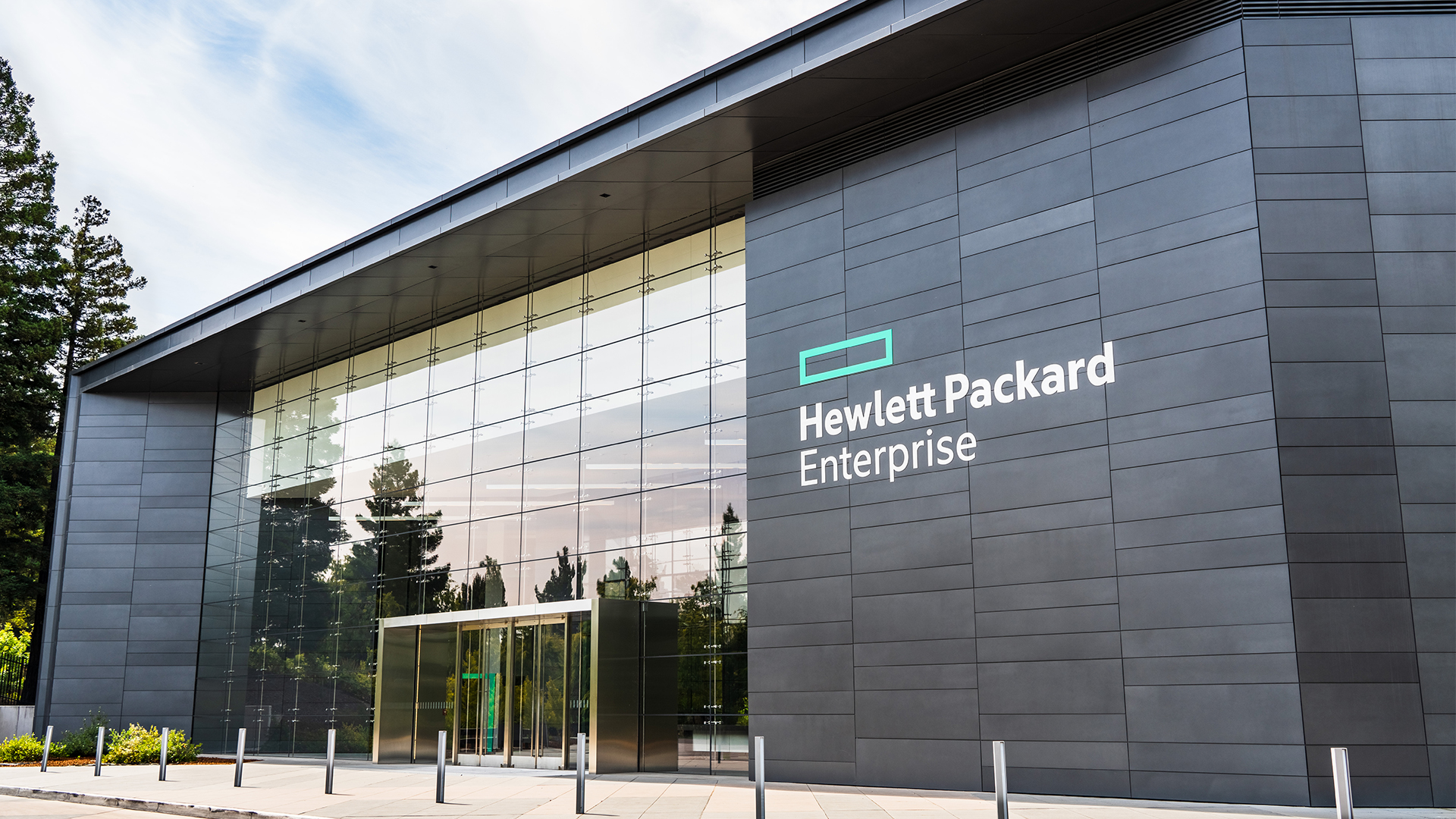 HPE eyes enterprise data sovereignty gains with Aruba Networking Central expansion
HPE eyes enterprise data sovereignty gains with Aruba Networking Central expansionNews HPE has announced a sweeping expansion of its Aruba Networking Central platform, offering users a raft of new features focused on driving security and data sovereignty.
-
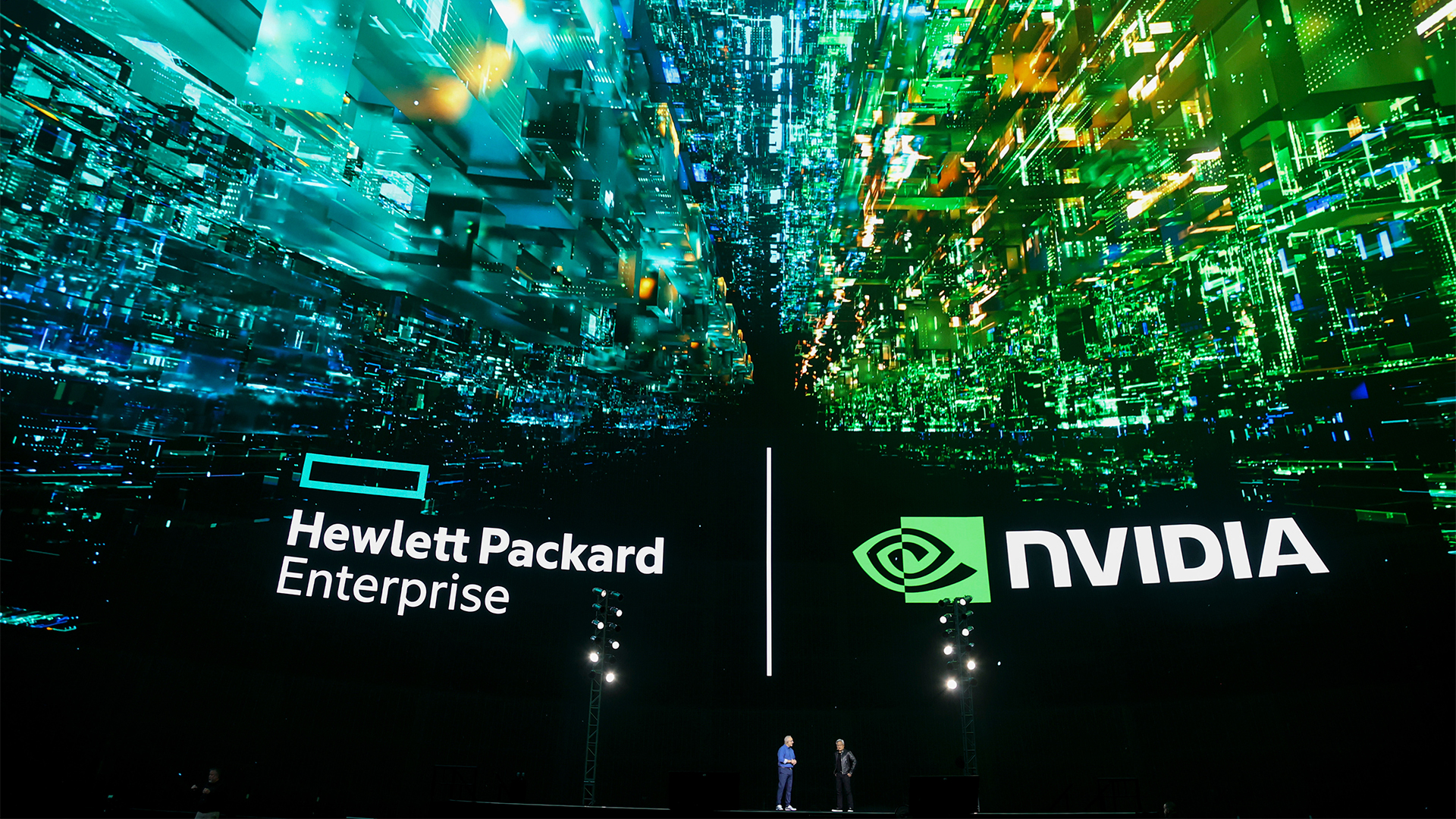 HPE unveils Mod Pod AI ‘data center-in-a-box’ at Nvidia GTC
HPE unveils Mod Pod AI ‘data center-in-a-box’ at Nvidia GTCNews Water-cooled containers will improve access to HPC and AI hardware, the company claimed
